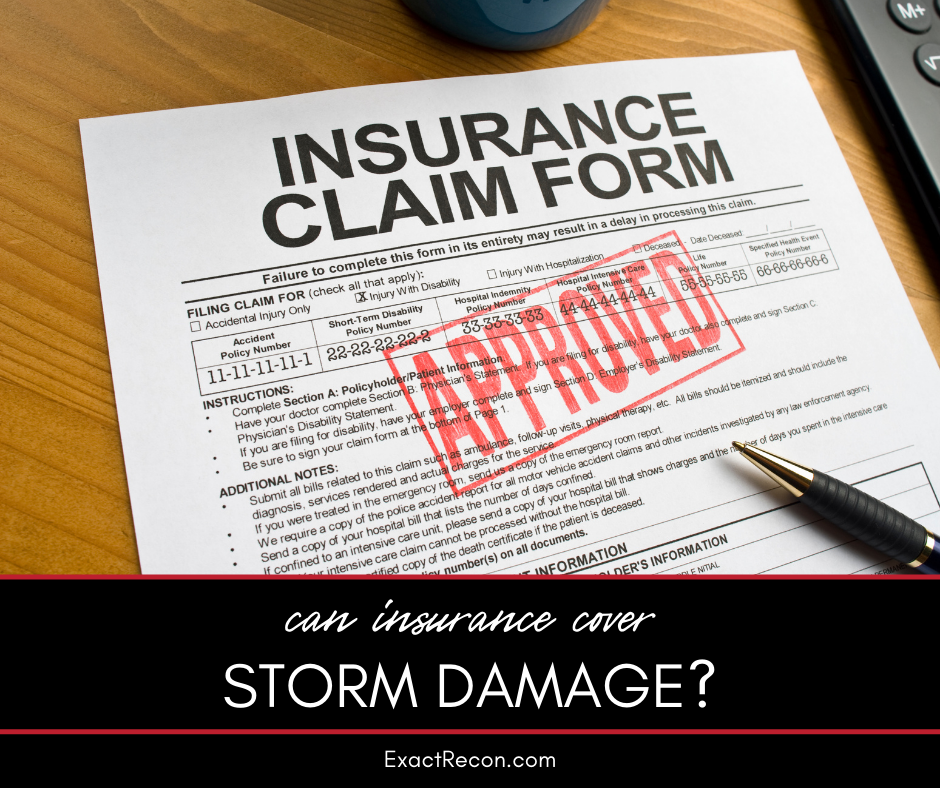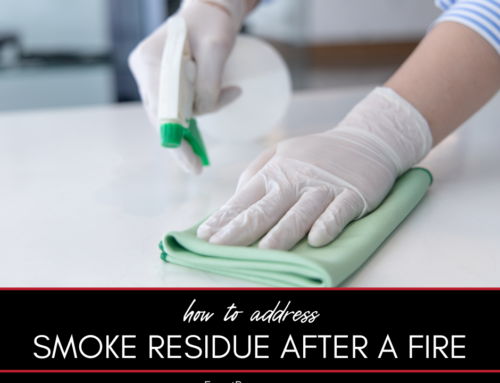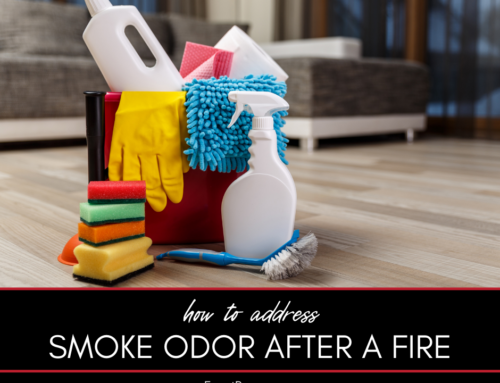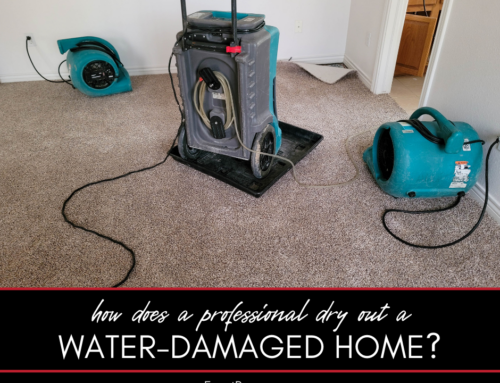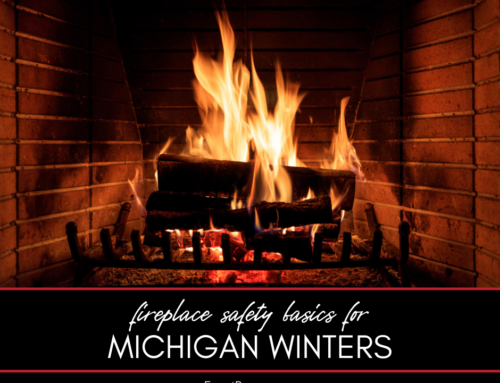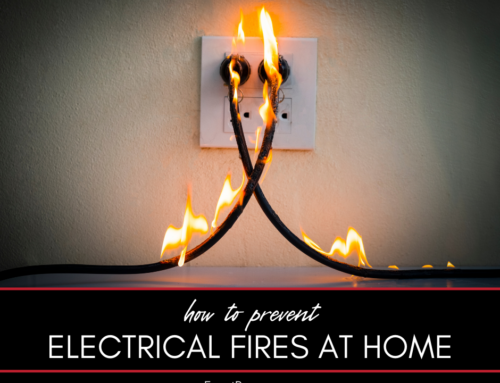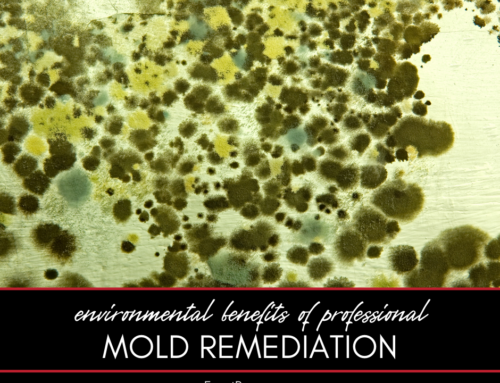Storms can be unpredictable, and their aftermath can leave homeowners grappling with damage and repairs. One of the first questions that might pop into your mind is, “Will my insurance cover this?” While every insurance policy is unique, let’s explore some general insights on the topic.
Can Insurance Cover Storm Damage to a Home?
If you’re worried about storm damage to your home, you’re not alone. Many homeowners share this concern, especially those living in storm-prone areas. Understanding your insurance policy and what it covers is crucial. This guide covers:
- Types of storm damage
- What insurance typically covers
- What might not be covered
- The claims process
- Tips for getting the best coverage
Here’s a closer look at each.
Types of Storm Damage
Storms, with their unpredictable nature, can wreak havoc in numerous ways. One of the most evident forms of storm damage is wind damage. Strong gusts can cause trees to fall, potentially damaging homes, vehicles, or other structures. These winds can also rip shingles off roofs, leaving homes vulnerable to further damage. Another form of damage comes from hail. These icy projectiles, varying in size, can dent vehicles, break windows, and severely damage the roofs of homes, leading to potential leaks or structural issues. Flooding is another significant concern. Heavy rains can lead to water accumulation, especially in areas with poor drainage. This can result in water entering homes, damaging interiors, and weakening foundations. Additionally, bodies of water, such as rivers or lakes, can overflow, exacerbating the flooding issue. Lastly, lightning strikes pose a dual threat. Not only can they start fires when they hit homes or trees, but they can also cause severe electrical issues, damaging appliances and potentially causing power outages.
What Insurance Typically Covers
Homeowners’ insurance is designed to provide some peace of mind in the face of these unpredictable events. A standard policy often covers damages that are deemed to be caused by acts of nature that couldn’t have been prevented. This means that if your home suffers from wind, hail, or lightning damage, your insurance is likely to cover the repair costs. However, it’s crucial to act promptly after noticing the damage. Taking photos to document the extent of the damage and contacting your insurance provider immediately ensures that the claim process starts without delay and that repairs can commence as soon as possible.
What Might Not Be Covered
While homeowners’ insurance offers broad coverage, it’s essential to be aware of its limitations. One of the most notable exclusions in many standard policies is flood damage. If you live in an area prone to flooding, you might need to purchase a separate flood insurance policy to ensure you’re protected. Additionally, some policies might exclude specific types of natural disasters, such as earthquakes or landslides, especially if the home is located in a high-risk area. Another aspect to consider is the condition of the home before the damage. If the damage results from wear and tear or a lack of maintenance, the insurance might not cover the repair costs. For instance, if a roof that was already in poor condition is further damaged in a storm, the insurance might argue that the damage was inevitable due to the roof’s state.
The Claims Process
Navigating the aftermath of storm damage can be overwhelming, but understanding the claims process can make it more manageable. Once you’ve documented the damage, the next step is to reach out to your insurance provider. They will typically arrange for an adjuster to visit your property and assess the extent of the damage. This assessment will determine the compensation amount. However, to ensure you get a fair evaluation, it’s advisable to have an independent contractor inspect the damage and provide an estimate. This can help in situations where there might be discrepancies between the adjuster’s assessment and the actual repair costs.
Tips for Getting the Best Coverage
Being proactive about your insurance coverage can save a lot of stress in the long run. It’s a good practice to review your policy every year. This review will help you understand the extent of your coverage and identify any potential gaps. If you’re aware of specific risks in your area, such as floods or earthquakes, consider purchasing additional coverage to protect against those threats. Furthermore, regular maintenance of your home is crucial. By addressing minor issues promptly and ensuring your home is in good condition, you reduce the risk of damage being attributed to neglect or wear and tear.
FAQ About Insurance and Storm Damage
Here are some frequently asked questions about insurance coverage for storm damage. If you don’t see the answers you’re looking for here, please call our office. We’re here to help.
Does Home Insurance Cover Tree Removal After a Storm?
If a fallen tree damages an insured structure, most policies will cover tree removal. However, if it falls without causing damage, removal costs might be out of pocket.
How Soon Should I File a Claim After a Storm?
It’s best to file a claim as soon as possible after noticing damage. This ensures a timely assessment and repair process.
Will My Premiums Go Up After Filing a Claim?
It’s possible, but it depends on your policy, claim history, and the nature of the damage.
What If I Don’t Agree with the Adjuster’s Assessment?
You have the right to get a second opinion. Consider hiring an independent adjuster or contractor for another assessment.
Are Power Outages or Spoiled Food Covered?
Some policies might offer coverage for perishables lost due to power outages. It’s best to check with your provider.
Remember, every insurance policy is different. It’s essential to understand your coverage, ask questions, and consider additional policies if needed. Being prepared and informed can make all the difference when storms hit.
Do You Need a Disaster Remediation Expert in Washtenaw County or Jackson County?
If your home has already been damaged, we can help. Check out our services and call Exact Recon for your free disaster remediation quote today. We offer:
- Water damage restoration
- Mold removal and remediation
- Fire and smoke restoration
- Sewer cleanup and disinfecting
- Reconstruction
- Wind and storm damage repair


